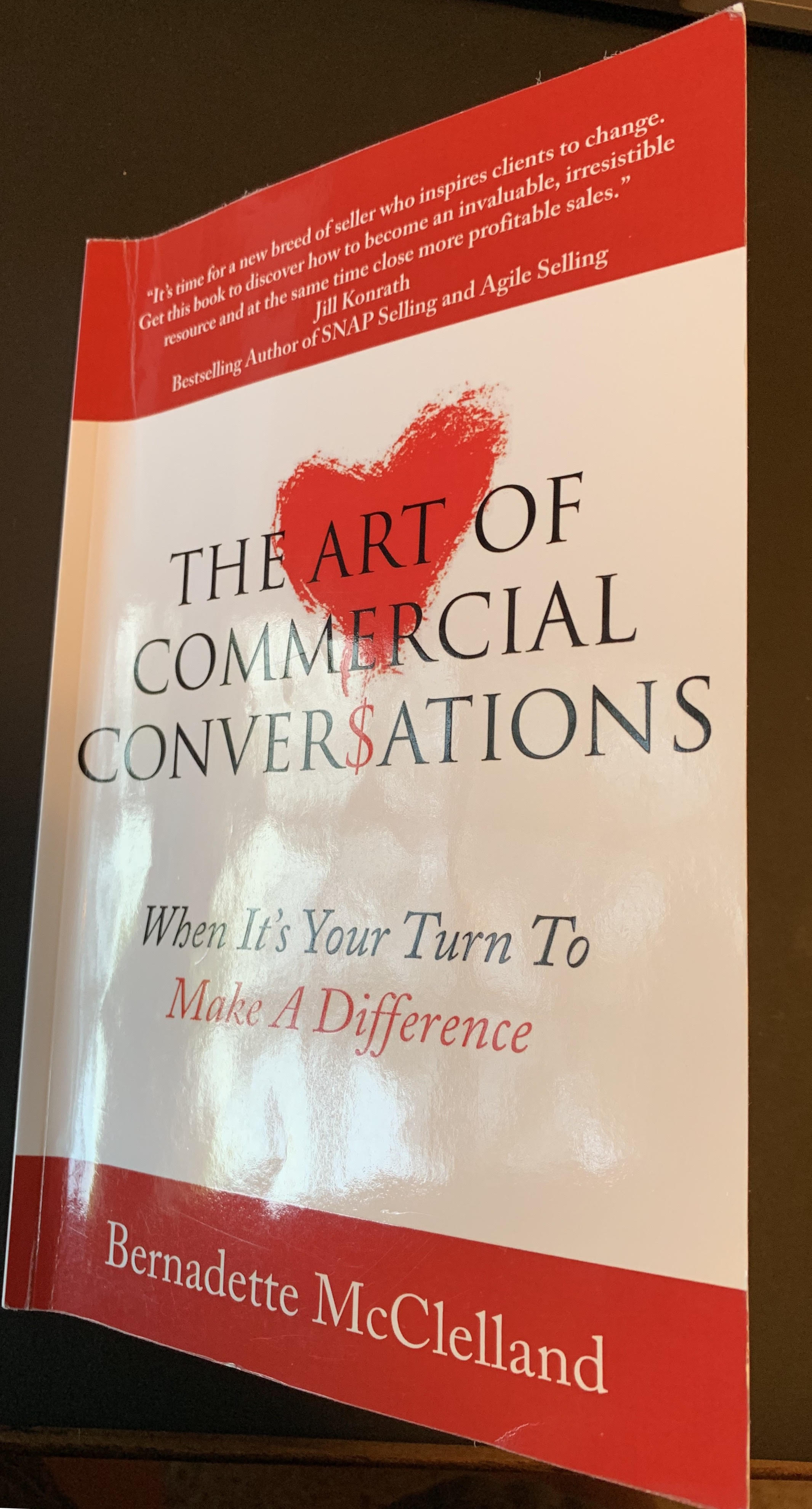The Blueprint for Success: Building a Performance-Based Culture of Execution
In the bustling corridors of today’s business world, the difference between a successful venture and one lost in the crowd often boils down to execution. But what does effective execution look like? It’s not about clocking hours; it’s about nurturing a performance-based culture. A culture where teams move with purpose, direction, and precision, maximizing every opportunity.
The Role of Planning and Roadmaps in Execution
The Lifeline called Proper Planning
Think of planning as the architectural blueprint of a skyscraper. Without it, workers might lay bricks, but they won’t necessarily build anything standing tall. Methodical planning, based on market insights and business strengths, creates a clear path to tangible goals.
Crafting Transparent Roadmaps
Roadmaps are not just about steps; they’re about clarity. They break down a company’s vision into actionable tasks, timeline expectations, and milestones. For a software development company, this could range from initial idea brainstorming and prototyping to beta testing and final rollout. Our goal is to get all the leaders and all the team aligned to the plan.
Gleaning from the Past
By dissecting past strategies—celebrating wins and analyzing missteps—businesses get a compass for future direction. It’s akin to sports teams reviewing game footage to improve strategy for upcoming matches.
Voice of Customer Research
Just as we learn from the past, we can gain valuable insights about our customers and targeted new customers by conducting voice of customer research. Writing strategy without customer insights is criminal. Plans developed with inward facing data rarely deliver explosive growth. We must understand, capture, and act on the insights we gather in voice of customer research.
The Power of Alignment and Regular Checkpoints in Execution
One Team, One Dream
Unifying the team behind a singular company vision is paramount. Weekly workshops, detailed briefings, and inclusive brainstorming sessions can foster a collective sense of purpose, mitigating the risk of isolated silos of work.
Regular Checkpoints: The Heartbeat of Execution
These are the moments to pause, reflect, and recalibrate. Are we on track? Are there unanticipated hurdles? Regularly answering these questions keeps the team agile and prevents stagnation.
Different Checkpoints in Execution
For any company or organization, execution is akin to navigating a ship through a vast ocean. While having a clear destination (or goal) is essential, periodic checks ensure the ship doesn’t veer off course. These checks, or checkpoints, are the inflection points where businesses measure, reassess, and fine-tune their strategies. Let’s delve deeper into these critical junctures:
Daily: Implement Daily Huddles
What are we focused on today. What did we say we would do yesterday and was not completed? What is our plan to catch up? What help might team members need each day. We encourage these daily huddles to be standing meetings were each team member quickly shares their focus for the day and any activities that do not align with our team goals are addressed immediately.
Weekly: The Pulse Checks
When we talk about weekly checks, it’s reminiscent of a doctor’s routine: quick but essential. The weekly checkpoints ensure the heart of the organization—its strategies and tasks—is beating as it should.
Team Pow-Wows
These gatherings are not just routine meetings. They’re the hub of brainstorming, sharing, and strategizing. For example, a marketing team might discuss the performance of a week-long campaign, while a tech team could discuss bug fixes. These sessions foster a sense of camaraderie and collective ownership.
Leadership Scrutiny
Weekly leadership meetings are where the broader view comes into play. Beyond analyzing KPIs, it’s crucial for leaders to understand the narrative shaping those numbers. If sales dipped one week, was it due to an external factor like a holiday, or was there an internal challenge to address?
Monthly: The Progress Reports
Each month symbolizes a significant chunk of the business quarter. Thus, monthly checkpoints are less about micro-management and more about ensuring alignment with quarterly and yearly goals.
KPIs & Market Pulsars
At this juncture, it’s pivotal to gauge the company’s health via KPIs. But alongside, there’s a need to stay attuned to market ‘pulsars’ or signals. For instance, if a rival company launched a groundbreaking product, how did it affect our sales or market perception?
Departmental Collaboration
Monthly reviews should also be spaces of inter-departmental collaboration. If the R&D team has a new prototype ready, how can marketing leverage it? By promoting collaboration, businesses can ensure a seamless flow of information and integrated planning.
Quarterly: The Strategy Reassessments
Every quarter represents a business season, and it’s time for a more holistic assessment.
Peek at the Horizon
How close or far are we from our annual objectives? If a particular product line underperformed, can it be revamped in the next quarter, or should it be shelved? These questions guide the direction for the forthcoming quarter.
Economic and Industry Forecasts
It’s also the time to zoom out and view the broader industry landscape. Suppose regulatory changes are anticipated in the next quarter, or there’s a global event (like a tech summit) that could influence industry dynamics. In that case, businesses need to strategize accordingly.
Break through Constraints
We coach our clients to work on constraints and challenges during their quarterly meetings. We often set out with strong plans to grow and once we start executing our strategies and tactics we discover constraints. Quarterly meetings are a great venue to discuss and plan to remove constraints.
Yearly: The Grand Overview
The annual review is the grand finale of checks—the time to celebrate, reflect, and rejuvenate. It’s a time to review what we learned and identify data we need to create a strong plan for the next year.
Reflect and Celebrate
Every achievement, big or small, deserves recognition. Whether it was entering a new market, achieving record sales, or enhancing customer satisfaction, the annual review is a moment to cherish these milestones.
The Road Ahead
After reflection comes projection. Based on the year gone by, what will the next year look like? This isn’t just about numbers but also about envisioning new opportunities or areas of growth.
Visionary Gaze
The 5–10-year plan might seem distant, but it’s the beacon guiding the yearly plans. The annual review is a time to ensure that the business remains aligned with this long-term vision. For instance, if the ten-year goal involves sustainability, are the yearly strategies echoing that commitment?
Big Harry Audacious Goal ( BHAG)
What is your revenue target? Are you $15 million today and want to reach $60 million in five years? Then $60 million is your BHAG. Having led numerous strategic planning sessions stating the BHAG helps build our yearly , quarterly and monthly key thrusts.
Leadership’s Role in a Performance-Based Culture of Execution
Leadership is the compass that guides a ship through both calm and tumultuous waters. In a performance-based culture of execution, leadership doesn’t merely dictate direction; it sets the tone, pace, and ethos of execution.
Leadership Team Trust
As discussed in the 5 dysfunctions of a team the key foundational element of high performing teams is trust. The leadership team must have a high trust and the psychologically safety to discuss views to drive to the desired plan outcome. Unfortunately, as we assess leadership teams distrust is the default today. 30 years ago, trust was the default. Leaders must strategically build trust and not assume it is present today.
The Critical Role of Leadership in Driving a Culture of Execution
Being at the helm, leaders model the behavior they expect. If they prioritize execution and demonstrate commitment to results, it cascades down. It’s not just about hitting targets but setting a culture where excellence is pursued relentlessly. Leaders also foster an environment where teams feel empowered to take action, innovate, and contribute to the company’s overall vision.
The Importance of Leadership Tracking KPIs and Discussing Trends
Leaders need to be adept at understanding the story behind the numbers. Tracking KPIs isn’t a mere exercise in data analysis; it’s about deriving actionable insights. When a leader pays attention to these key indicators, it sends a clear message about the value of data-driven decision-making. Regular discussions on these trends keep teams aligned and aware of broader company goals.
Leadership’s Responsibility in Addressing Market Trends and Constraints
The external business landscape is ever evolving. Leaders must have a keen eye on market shifts, ensuring the company remains agile and responsive. By understanding and proactively addressing these trends and constraints, leaders safeguard the company’s present and chart out a more resilient future.
Conclusion
A culture of execution is not just about getting things done; it’s about getting the right things done, in the right way, at the right time. It’s a journey that demands meticulous planning, team alignment, and proactive leadership. For businesses eager to leave an indelible mark, remember it’s not just about the destination, but the excellence of the journey. Let the culture of performance-based execution be your compass.
If you would like to improve your teams’ execution and increase the skills of your leaders, let’s schedule a call and discuss Scaling Up.










